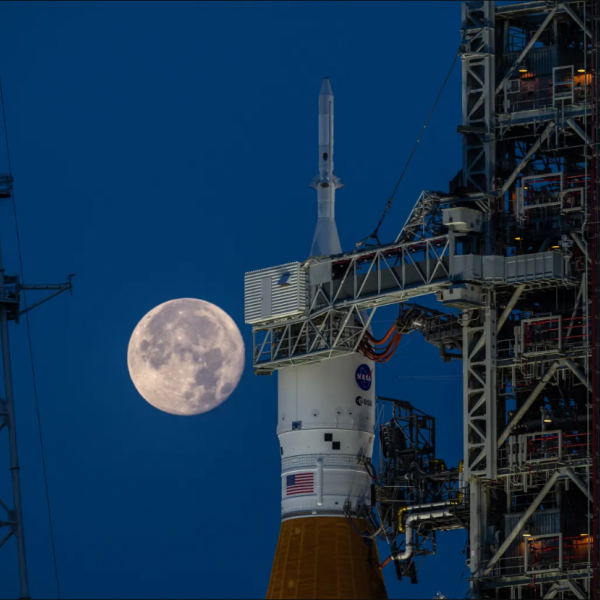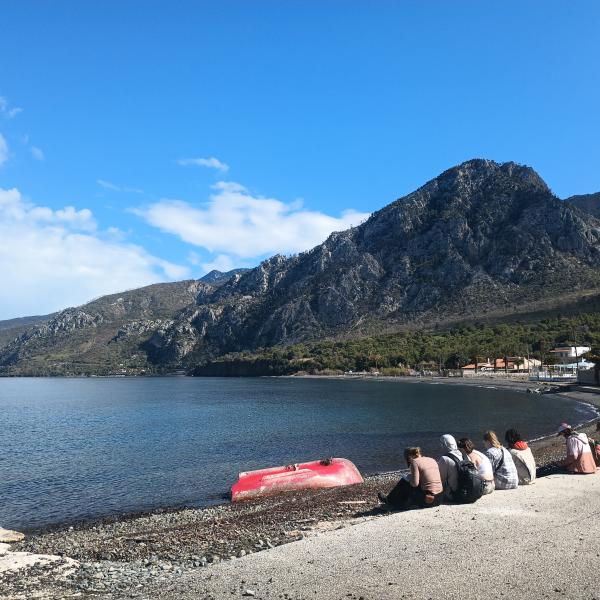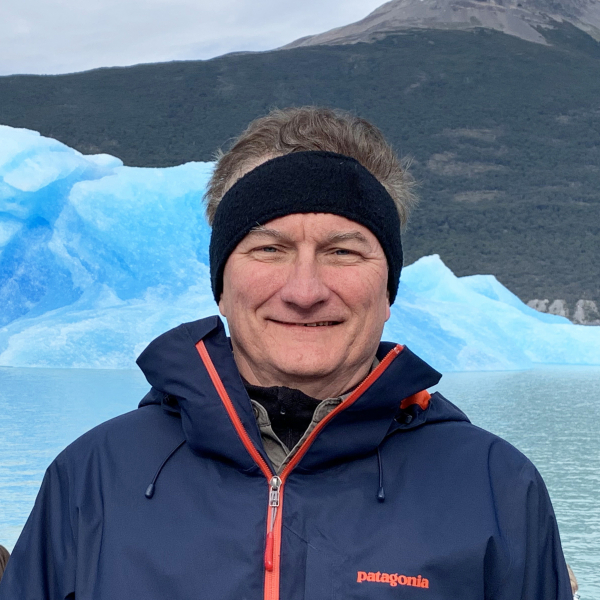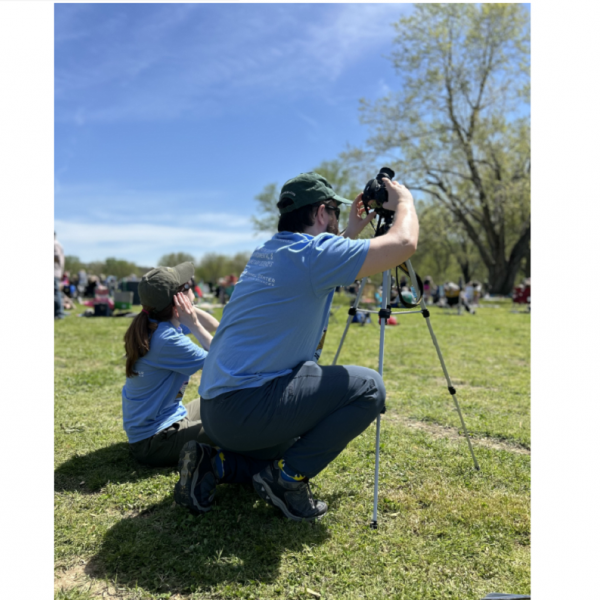Meenakshi Wadhwa, PhD ’94, was recently named the Mars Sample Return program scientist. Her fascination with Martian meteorites began at WashU.
In her day job, Meenakshi Wadhwa, PhD ’94, directs the School of Earth and Space Exploration at Arizona State University. In the coming decade, her days will get even more interesting: Wadhwa was recently appointed as the Mars Sample Return (MSR) program scientist. The MSR mission, planned jointly by NASA and the European Space Agency, will return samples collected by the Perseverance rover from the surface of Mars to Earth as early as 2031. Wadhwa will work closely with other leading scientists to shape the scientific strategy and ultimate execution of the MSR campaign.
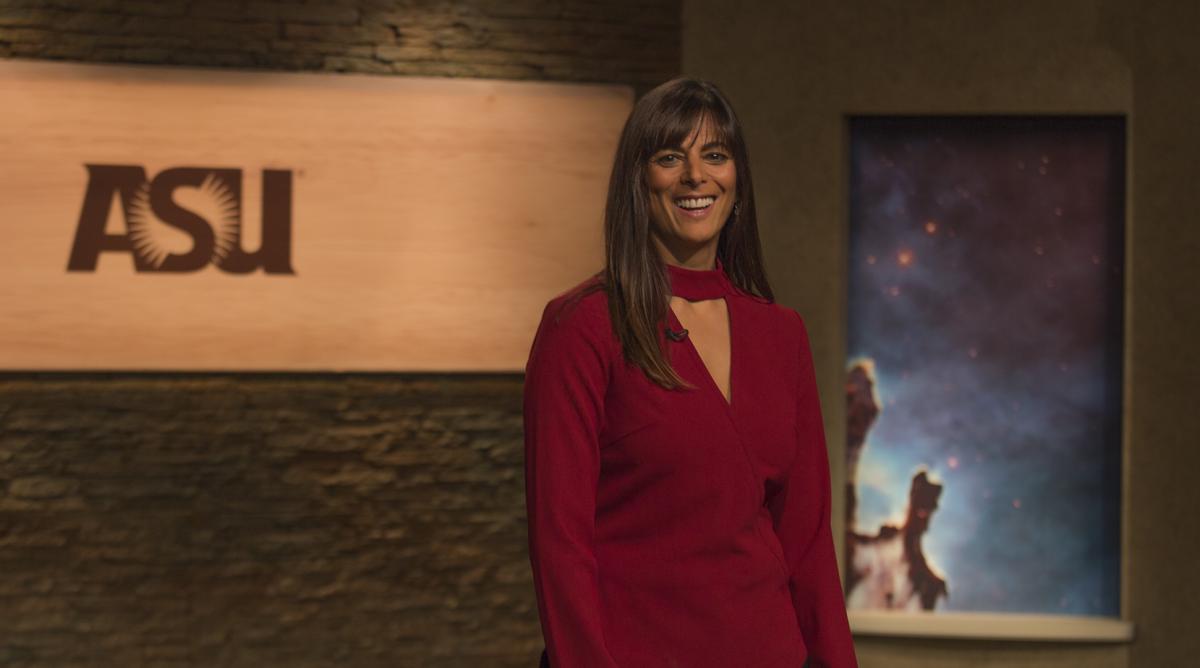
Earlier this year, Wadhwa also received the 2021 J. Lawrence Smith Medal. The medal, awarded every three years by the National Academy of Sciences, recognizes Wadhwa’s significant contributions to cosmochemistry, solar system chronology, meteoritics, and trace element geochemistry. Of the 27 awardees since 1888, Wadhwa is only the second woman to receive the medal, following Hiroko Nagahara in 2015. She is also the fourth winner associated with Washington University’s McDonnell Center for the Space Sciences.
In this Q&A, Wadhwa reflects on her journey to becoming a geologist on Mars and shares her insights about the future of planetary exploration.
How did you first get into space rocks?
I grew up in north India, in the shadow of the Himalayas. I’ve always loved the outdoors, and was fascinated by the workings of the natural world since I was a little girl. In college at Panjab University in India, I majored in geology, with minors in physics and chemistry, and so I understood how terrestrial rocks can provide a record of Earth’s history.
I didn’t really think about space rocks until I began to consider what I wanted to do for my graduate studies. I thought about how wonderful it would be if there was a way for me to use my geological training to understand other rocky planets in our solar system. I remember writing to Ghislaine Crozaz, who was then a professor in the Department of Earth and Planetary Sciences at Washington University. She was the one who introduced me to the Martian meteorites – it blew my mind when I first learned from her that we had actual meteorites here on Earth that most likely originated on the red planet! That’s when I realized I could vicariously be a geologist on Mars by studying the mineralogy and geochemistry of these rocks.
"It blew my mind when I first learned that we had actual meteorites here on Earth that most likely originated on the red planet!"
Who have been your most important mentors?
My mother was a huge influence on me. In her generation, especially in India, it was not so common for women to get a degree in science – but she did. She always told me and my sister that we could be whatever we wanted to be in this life. And then my graduate advisor, Ghislaine Crozaz, was very influential in my early academic career. I learned so much from her, especially about being a good mentor. She and her late husband, Robert Walker, who was the McDonnell Professor of Physics and director of the McDonnell Center for the Space Sciences, supported me in my professional and personal life and have been like family to me. Finally, my husband, Scott Parazynski, always inspires me to be a better scientist and explorer, and just a better human being.
What upcoming projects are you most excited about?

Right now, I’m most excited about NASA’s recently announced plans for Mars Sample Return (MSR). I have studied Martian meteorites as part of my research program to understand the geologic history of Mars and the history of water on that planet, but there are limitations to what can be learned from these meteorites. So, I am incredibly excited about the possibility of returning actual samples from Mars that we will be able to analyze in detail in laboratories here on Earth! I’m looking forward to serving as MSR program scientist and helping to bring back samples that could finally help us to answer some funda- mental questions about Mars: How did Mars evolve as a planet? Did life ever exist there? How did its climate evolve through time?
How does it feel to have an asteroid named after you?
It’s such a thrill. It is especially wonderful because 8356 Wadhwa has an orbit that comes close to that of Mars, and so maybe sometime in the distant future this asteroid will impact the red planet! I certainly hope to have an impact on understanding the history of Mars – especially by contributing to future analyses of returned samples! – so it feels very meaningful to me.
What’s one incredible or beautiful thing about our solar system that you wish everyone knew?
I wish everyone knew and appreciated how much of the history of our solar system and Earth we understand just from studying space rocks – that is, meteorites. These materials are truly like the Rosetta Stone in helping us to decipher the clues to all that happened in our solar system 4.6 billion years ago, and even before that time!


